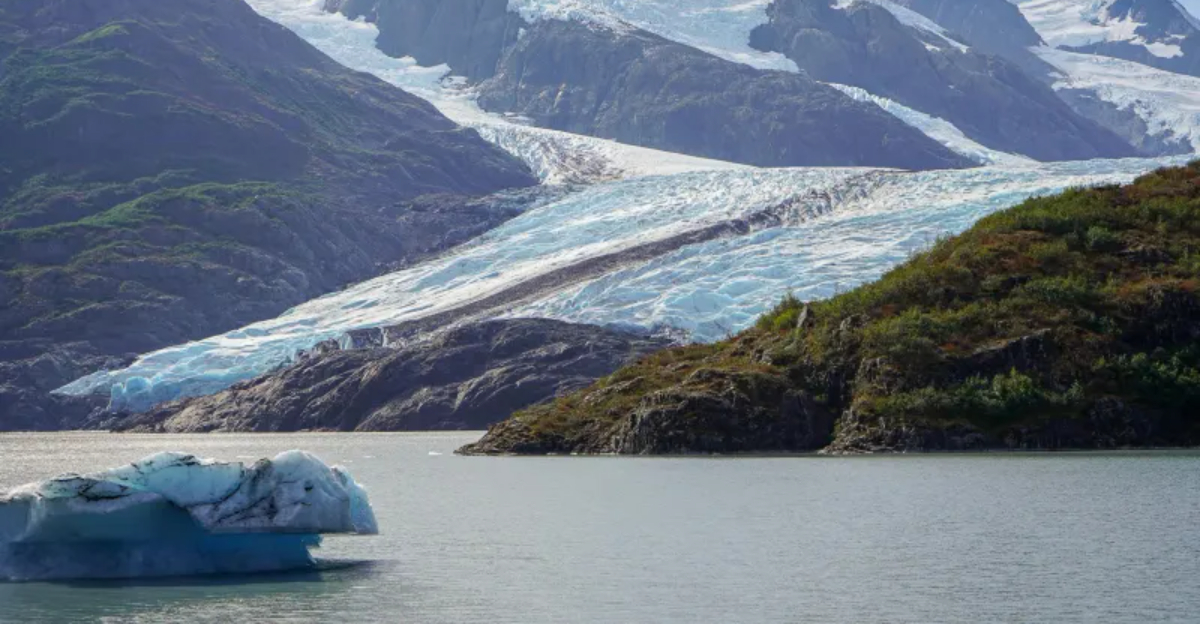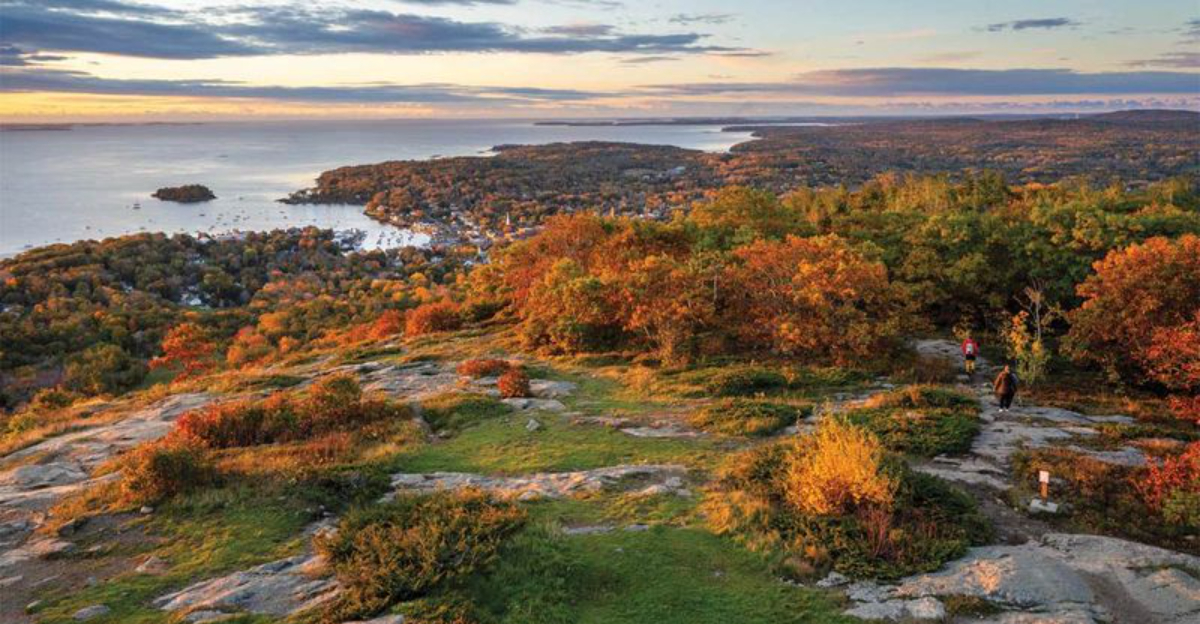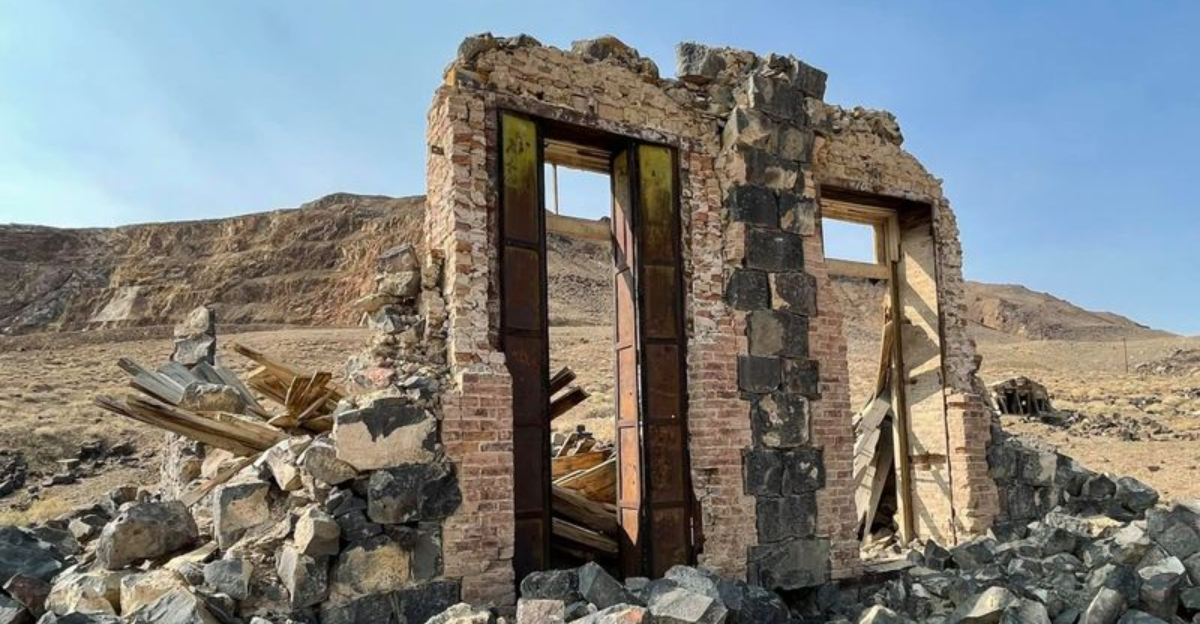9 Stunning Countries That Might Soon Be Off-Limits to Tourists
Imagine planning your dream vacation only to find out the destination no longer welcomes visitors.
Climate change, overcrowding, and environmental damage are forcing some of the world’s most beautiful places to consider closing their doors. Let’s explore ten incredible destinations that might soon become impossible to visit.
1. Bhutan
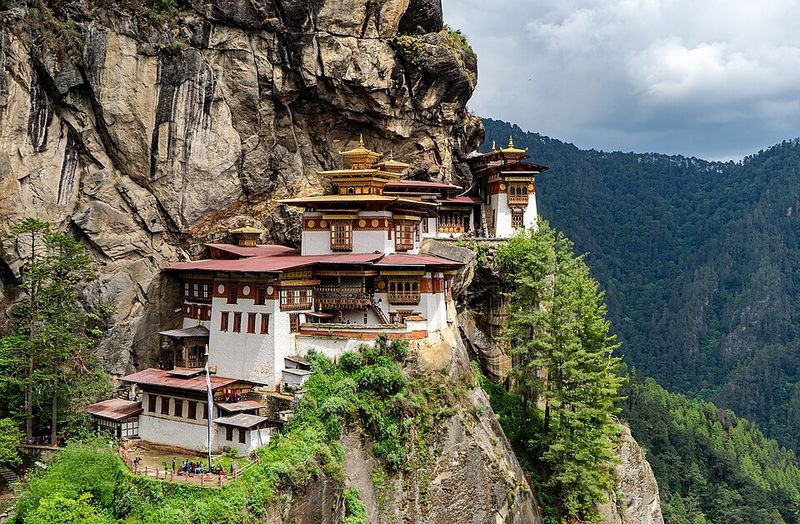
Ever heard of a country that measures happiness instead of wealth? Nestled in the Himalayas, this Buddhist kingdom already limits visitors through a daily tourism fee that recently jumped to $200 per person.
Government officials worry that too many tourists might damage ancient monasteries and disrupt local culture. The nation wants to preserve its traditions while protecting pristine forests that cover over 70% of the land.
If you dream of seeing prayer flags flutter against snowy peaks, book your trip soon before access becomes even more restricted.
2. Iceland
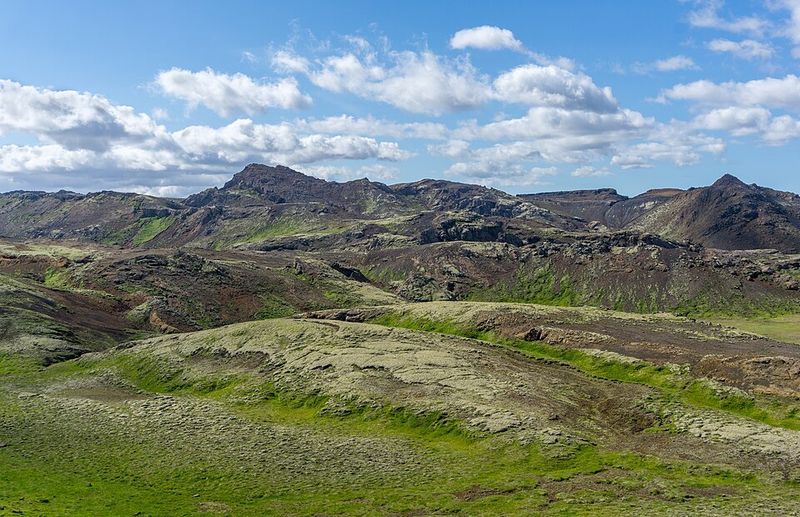
Waterfalls, glaciers, and geothermal pools made this Nordic island insanely popular on Instagram. Visitor numbers exploded from 500,000 in 2010 to over 2 million annually, causing serious damage to delicate moss fields and hiking trails.
Tourists have trampled protected areas, left trash behind, and even bathed in sacred hot springs. Rangers now close popular sites regularly to let nature recover.
Stricter regulations might soon limit who can visit certain natural wonders across the island.
3. Japan
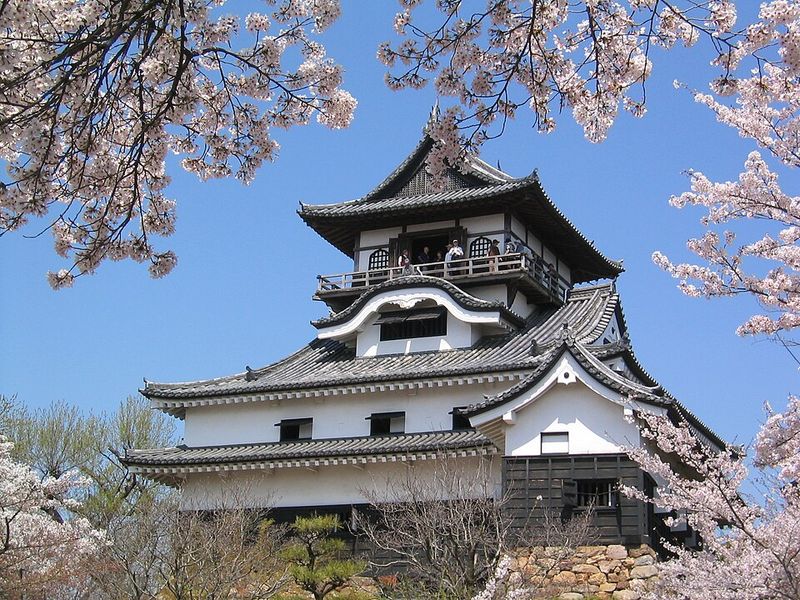
Cherry blossom season brings millions of visitors to temples, shrines, and Mount Fuji’s slopes. While Japanese hospitality is legendary, popular spots like Kyoto have become so packed that residents complain about blocked sidewalks and disrespectful behavior.
Some neighborhoods have banned photography, and climbing Mount Fuji now requires reservations. Officials debate whether to introduce tourist caps at famous locations during peak seasons.
Experience tea ceremonies and ancient gardens before access becomes more complicated and expensive.
4. Indonesia (Bali)

Paradise found? More like paradise crowded! Beautiful beaches and spiritual temples attract roughly 6 million yearly visitors to this small Indonesian island. Traffic jams now rival Los Angeles, and sacred sites have become selfie backgrounds.
Water shortages plague local communities because hotels consume massive amounts daily. Plastic waste covers once-pristine beaches, and coral reefs are dying rapidly.
Authorities discuss limiting tourist visas and banning visitors from certain areas to save what remains of the island’s natural beauty and culture.
5. Thailand
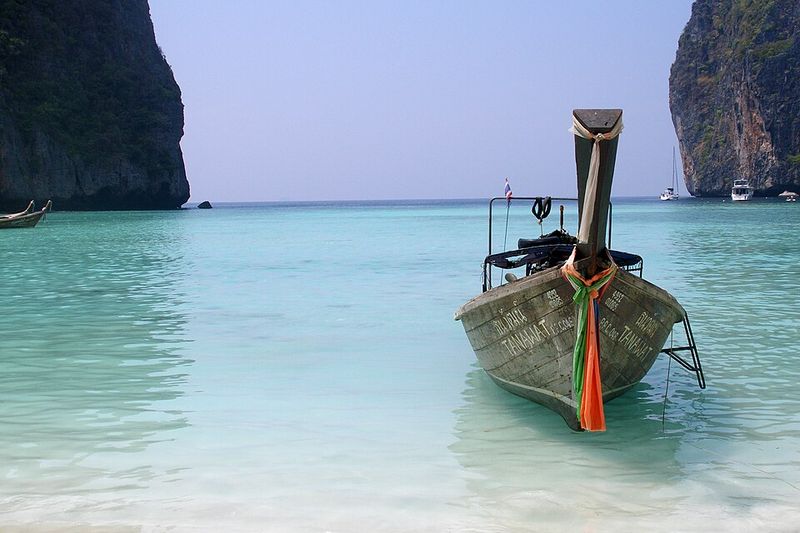
Remember that stunning beach from the movie The Beach? Maya Bay was closed for four years because tourist boats destroyed 80% of the coral reefs! Millions visit Thailand annually for affordable tropical getaways.
Popular islands like Phuket and Koh Phi Phi struggle with pollution, habitat destruction, and water contamination. Elephants used for tourist rides often suffer abuse, and marine life continues declining.
Bangkok officials now consider seasonal closures and visitor limits at multiple national parks and coastal areas nationwide.
6. New Zealand
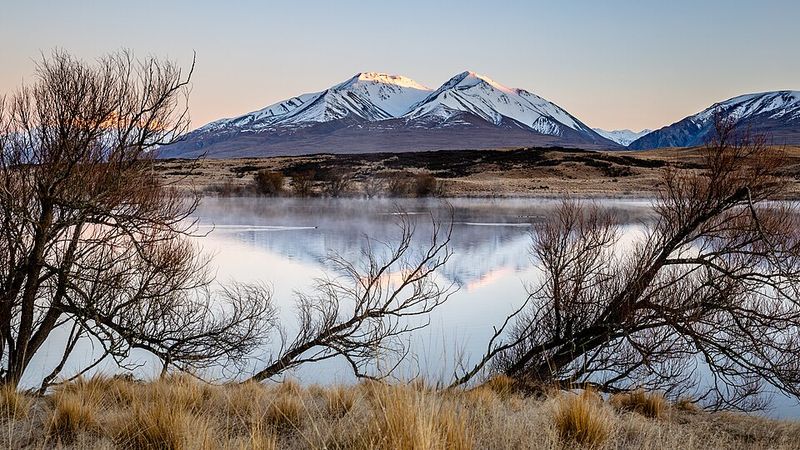
Middle Earth magic drew millions after the Lord of the Rings movies showcased breathtaking fjords and mountains. Visitor numbers tripled, overwhelming small towns and fragile ecosystems across both islands.
Popular hiking trails suffer erosion, and camper vans dump waste illegally in protected areas. Wildlife habitats face increasing pressure, and infrastructure cannot handle the crowds.
Government officials propose higher tourist taxes and stricter entry requirements to preserve the country’s natural wonders before irreversible damage occurs.
7. Machu Picchu, Peru
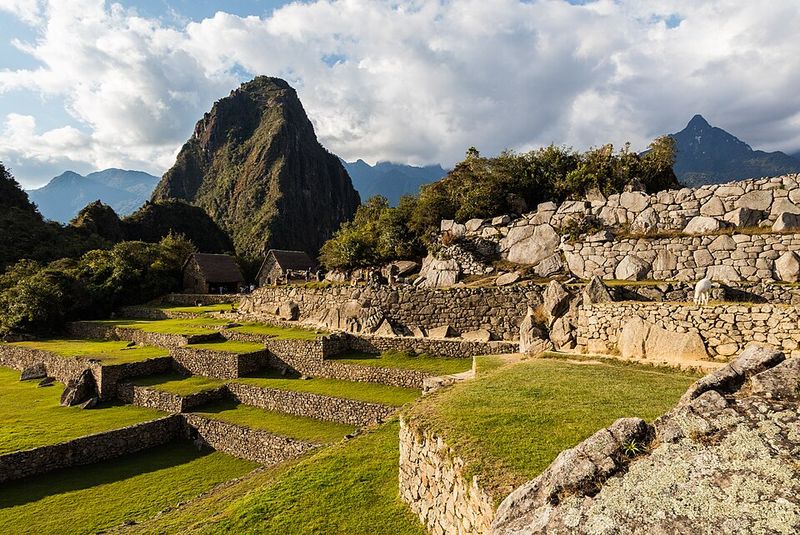
Perched high in the Andes, this 15th-century Incan citadel faces serious erosion problems from constant foot traffic. UNESCO threatened to revoke its World Heritage status unless Peru reduced visitor numbers immediately.
Authorities now limit daily entries to 3,800 people and require timed tickets purchased weeks in advance. Certain sections close periodically for restoration work.
Future restrictions might include mandatory guides, shorter visit times, or seasonal closures to protect the ancient stone structures from crumbling completely.
8. The Maldives
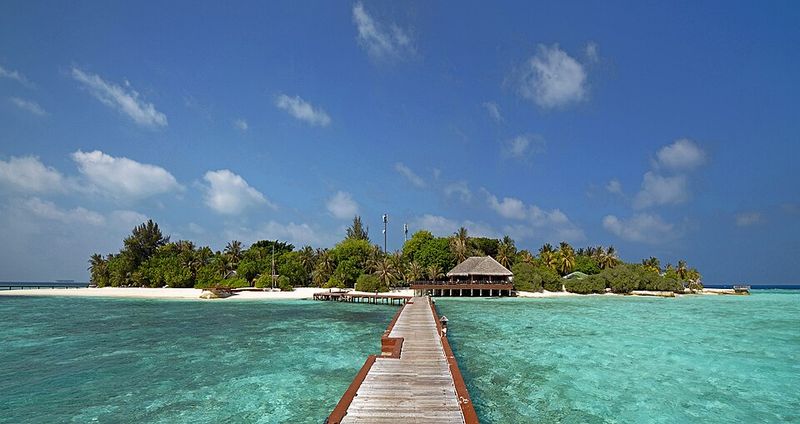
Picture perfect overwater bungalows might disappear beneath the waves within decades. As the world’s lowest-lying nation, 80% of the islands sit less than three feet above sea level.
Rising oceans caused by climate change could make the entire country uninhabitable by 2100. Coral bleaching destroys reefs that protect shorelines, and beach erosion accelerates yearly.
Visit these turquoise lagoons soon because future generations might only see them in history books and old vacation photos.
9. Galápagos Islands, Ecuador
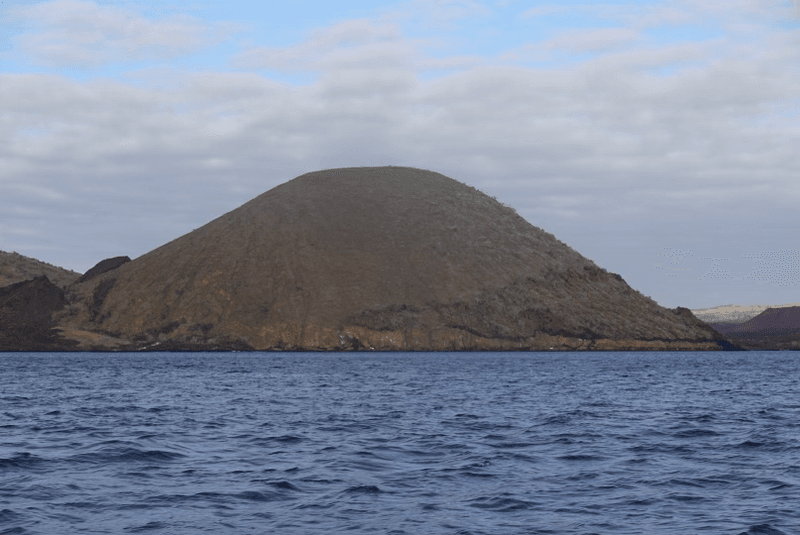
Darwin’s living laboratory faces invasion by tourists eager to see giant tortoises and marine iguanas found nowhere else on Earth. Visitor numbers reached 275,000 annually, threatening species that inspired evolutionary theory.
Introduced species, pollution, and human disturbance endanger fragile ecosystems. Ecuador already requires certified guides and limits island access strictly.
Scientists push for even tougher restrictions, including reduced visitor quotas and higher fees, to ensure survival of the planet’s most unique wildlife sanctuary.


